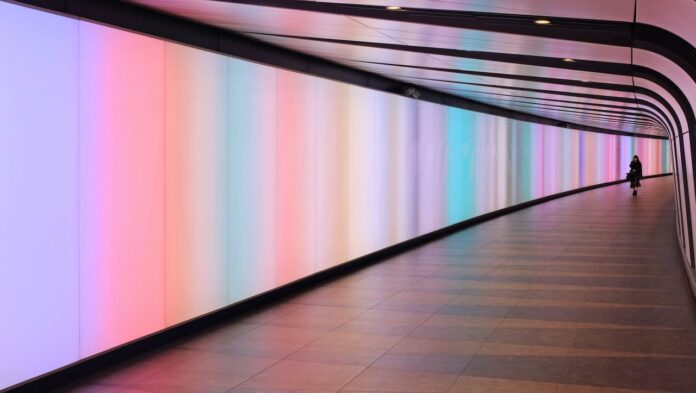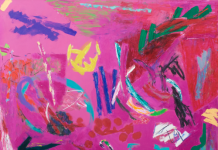Selecting an LED video wall as well as to hire led screen can be quite challenging. It’s more than just buying a panel display because it’s incredibly adjustable. There are many different display technologies, pixel pitches, and mounting techniques to choose from, that can be perplexing.
Five Things to Think About
1. What is the best place to put the LED video wall?
This is the most important consideration when selecting an LED video wall. The three things to think about are listed below:
a. Is the screen going to be used in an indoor or outdoor setting?
b. What is an estimated viewing distance, i.e. the range between the video wall as well as your viewer? This affects the video wall’s pixel pitch. You could select the P3 display when the viewer would be subjected to the screen from a maximum distance of 3 meters.
c. At which height would the screen be installed? If somehow the screen is installed at a significant height, then the video wall size must be larger; else, the screen will not be seen to the viewer.
2. Dimensions – How big do you want your LED wall to be?
The size will mostly be determined by the purpose of the content displayed on the wall: to inform or to attract.
Displaying content with the purpose to inform necessitates a high level of attention to detail. Because your text must be readable, you’ll need to have a wall with a finer pixel pitch rather than a large one. People will pause to read your information, so make it as concise as possible.
You’ll need to make an impression if you’re employing content to attract individuals. People will be drawn in by flashing and moving images indicating the direction of foot traffic. A bigger flying LED wall is ideal for this application. However, this is where the delicate pitch isn’t required. What you require is a human being.
It takes a little more experience to accurately estimate power needs and come up with a safe, long-term power supply solution. An AV professional should be consulted to ensure that your video wall is properly powered.
3. Pixel Viewing Distance and Display Consideration – How near to the wall can someone get?
The size of the pixel is determined by the distance between you and the viewer, as well as the resolution of the material displayed on the wall.
· Distance less than 3ft = 1.2mm to 2.6mm Screens that are interactive
· Distance from 3ft to 15ft = 2.6mm to 3.9mm Typically used for indoor booth signage.
· 15 feet to 75 feet = 3.9 to 5.9 millimeters For TV and bands, it’s used as a backdrop.
Resolution requirements
Different levels of pixel density or the number of pixels per inch are referred to as resolution displays. The importance of pixel density in terms of visualization cannot be overstated. Whenever viewed up close, it’s indeed responsible for the sharpness, clarity, and detail of the images. So, no matter what you require it for, a video wall display can meet your pixel density needs.
Display brightness
The way it generates light and reacts to ambient light influences the brightness of a specific display visual type. Whenever the installation location contains a lot of windows or overhead illumination, you can choose a display that has a high-density brightness but isn’t impacted by the ambient light. A dim video wall display should make it tough for the spectator to see the visual, resulting in eye strain.
4. What is the purpose of an LED video wall? What is the point of erecting it?
There are three possible outcomes. The first is to properly communicate the message to the appropriate audience. All brands would like to engage with their target audience, whether it’s to share a brand story, announce a new product line, or simply interact with them. Second, the display could be used to market or advertise; within this scenario, the primary goal of the display is to increase sales either by enhancing foot traffic or enticing people to purchase the goods.
5. Content Layout – How do you want the content on the wall to be displayed?
· Mirrored content: the same information is displayed on different screens.
· Extended content- refers to content that spans the entire display surface. Inside a mosaic format, content could also be spread across many displays.
· Playing conditions: What role will the media play? On-demand, timed, looping, or triggered?
Conclusion
True color technology is used in the LED video wall. To get the finest results from your video wall, hire led screen that employs the latest technology and materials and guarantees that everything is properly tested. LED displays should be certified for particular emission limits. BIS is an important accreditation to check for when purchasing an LED video wall. This guarantees you receive a high-quality product that will last a long time and give you the greatest results.







